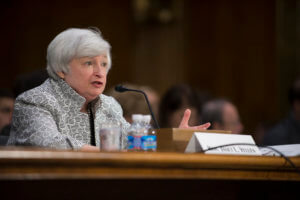Last year, I wrote that the current inflation has a fiscal rather than a monetary origin. In other words, we would not have the same inflation in the absence of fiscal stimulus, while we would have the same inflation in the absence of monetary stimulus. For the same reason, I have affirmed and continue to affirm that I view it as unlikely for current inflation rates to begin to consistently exceed two digits, as was the case in the 1970s.This same pandemic fiscal stimulus has caused serious problems in a variety of markets: sea, land and air freight, electronic products and their components, automobiles, and others, which have added fuel to the inflationary fire. This is the origin of the current inflation we are experiencing, and I will try to make my case with data.The Current InflationIn recent months, the rise in the general price level has flattened off. Although…
Click here to continue readingFever in the cinematographic market: The cost escalation which could bring down giants like Netflix
Click here to continue readingAre government handouts behind rising consumer prices and remittances?
Click here to continue readingWhy are the figures for the trade deficit between the United States and China different in the two countries? What does this discrepancy mean? Discover the answers to these questions here.
Click here to continue readingWhy is Fed Chair Janet Yellen wrong about the yield curve?
Click here to continue readingTrump’s trade war borders on insanity. Discover the real reason of the U.S. trade deficit.
Click here to continue readingTwo weeks ago, the Trump administration presented a detailed version of one of Trump’s most important election promises: a tax reform. What are the consequences of Trump’s recent tax proposal for the US budget deficit and public debt?
Click here to continue readingAs long as the stock market is booming, businesses get away with shady accounting practices. What do the recent cases of Netflix, Tesla and Alphabet suggest about what phase of the business cycle we are in?
Click here to continue readingThe US economy is growing at a 3% annual rate. But are things as they seem?
Click here to continue readingThe large traditional oil-producing countries — both OPEC and non-OPEC — are still catching up with the new reality. After deciding to extend the production cuts — agreed upon half a year ago — for another nine months, oil prices plunged below $50/barrel. Not quite the effect these oil giants were hoping for, but nothing out of the ordinary. After all, the fact is that supply and demand dynamics in the oil market have changed for good.
Click here to continue readingGet our free exclusive report on our unique methodology to predict recessions










